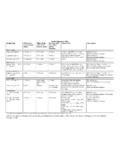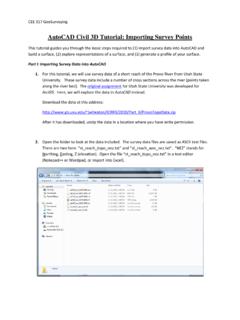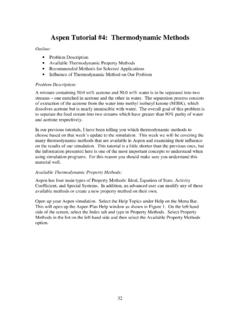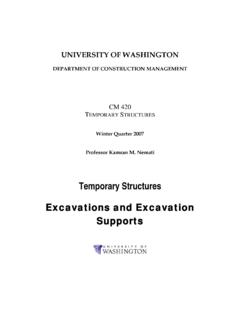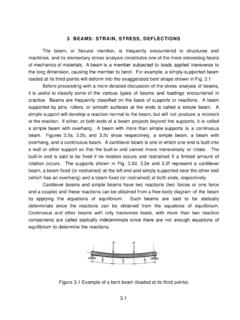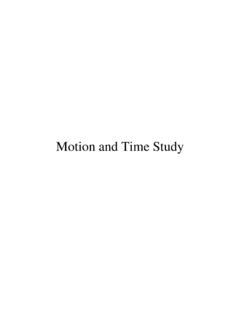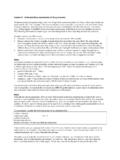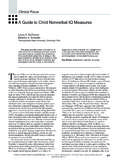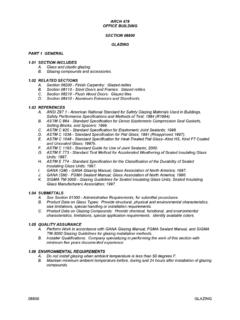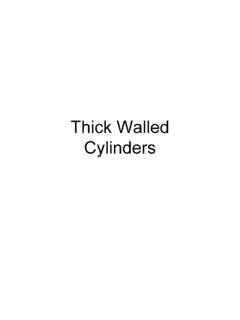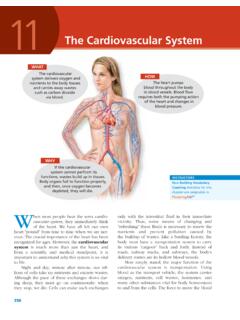Transcription of Thin Walled Pressure vessels - University of Washington
1 Thin Walled Pressure vesselsThe cylindrical Pressure vessel above has closed ends and contains a fluid at gauge Pressure P as shown below. The outer diameter is D and thewall thickness is t. The term thin-wall may be taken to mean that D/t > at Pressure PLP c cIf we section the cylinder, of length L and its contents across its diameter as seen above, we see that we must have equilibrium of the forces due to the internal Pressure P and the circumferential stress cin the = 2 cLt or, c= Pr/tis the circumferential stress in the that have assumed that the stress is uniform across the thickness and that we have ignored the fact that the Pressure acts on an area defined by the inner diameter.
2 These are only acceptable if D/t > 10. a aPIf the cylinder has closed ends, the axial stress ain the wall I found in a similar way byconsidering a transverse section as shown above. Equilibrium of forces gives:P r2= a Dtand thus the axial stress a= Pr/2tThe same assumptions apply. Note that cand aare principal stresses and remember that the third principal stress 3= 0. The maximum shear stress is thus max= | 1 3|/2 = pr/2tA thin-wall spherical vessel can be analyzed in the same way and it is easily seen that cand aare equal and equal to pr/2t. Thus the principal stresses 1and 2are equal and 3=0.
3 The maximum shear stress is max= | 1 3|/2 = pr/4t

